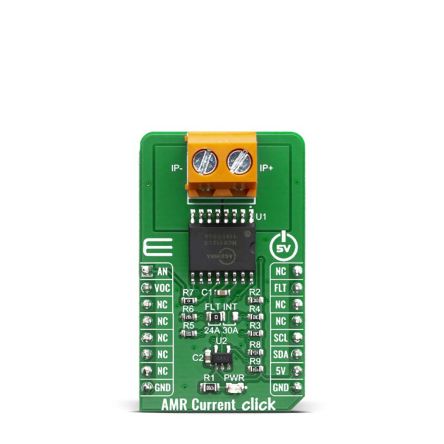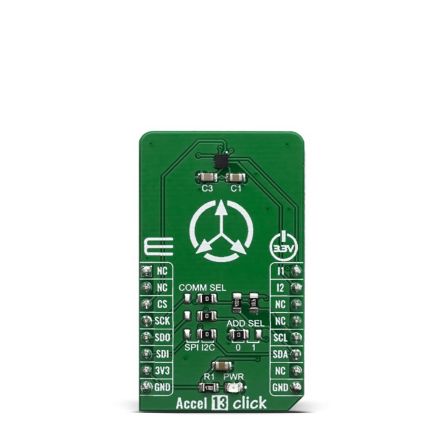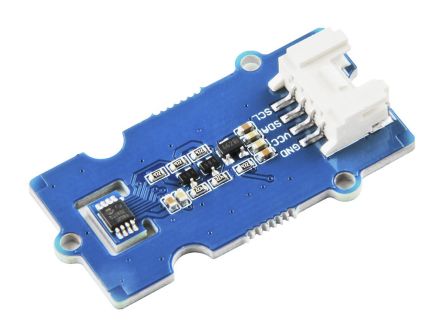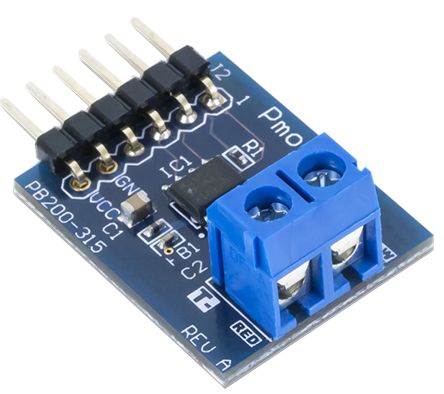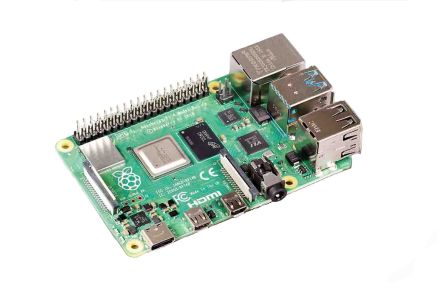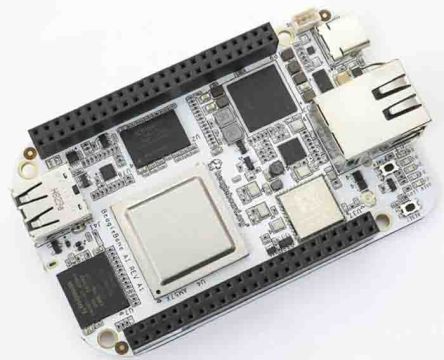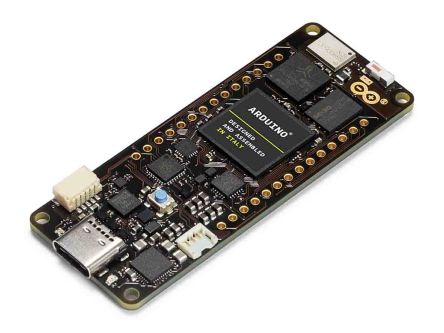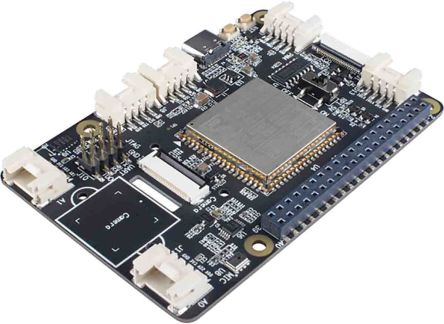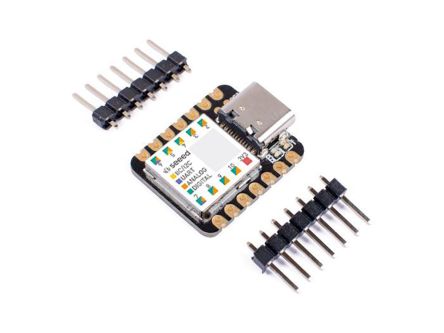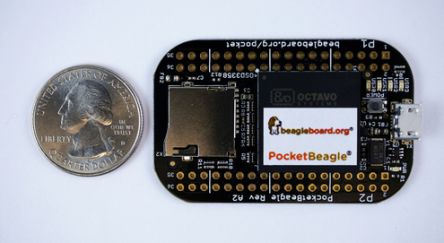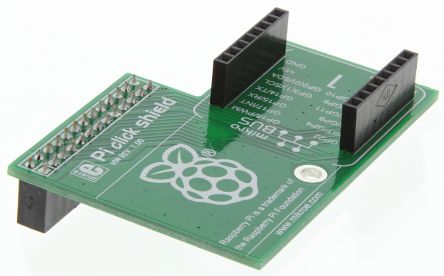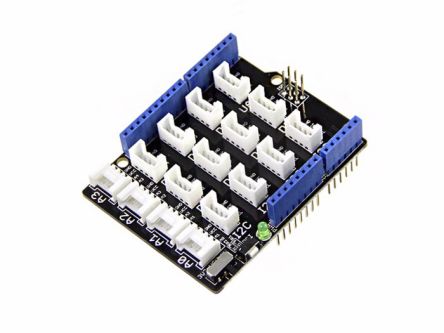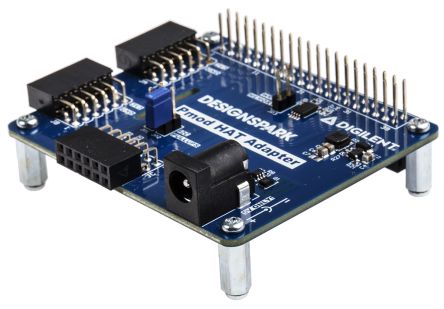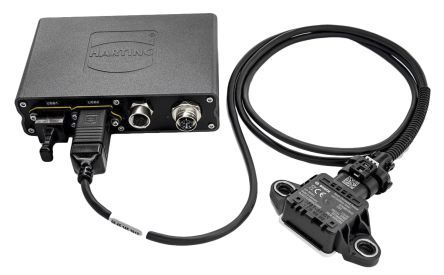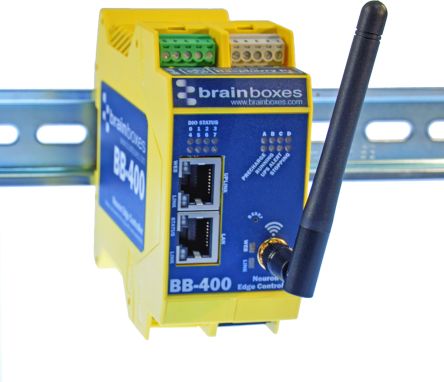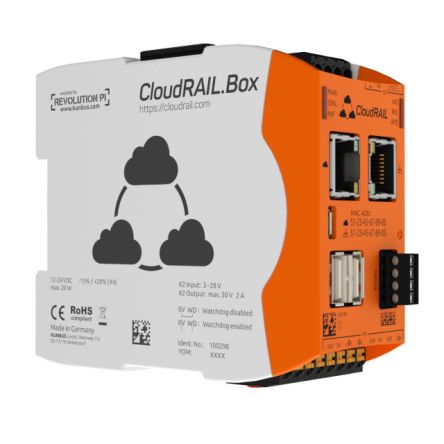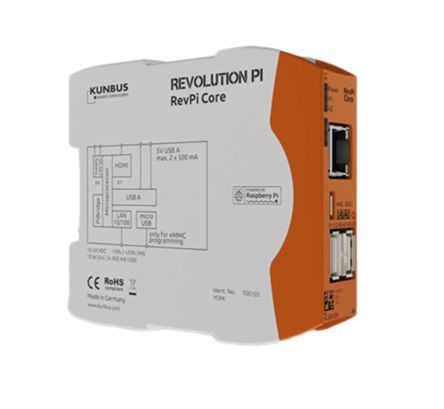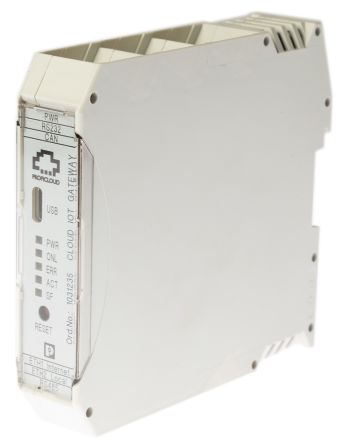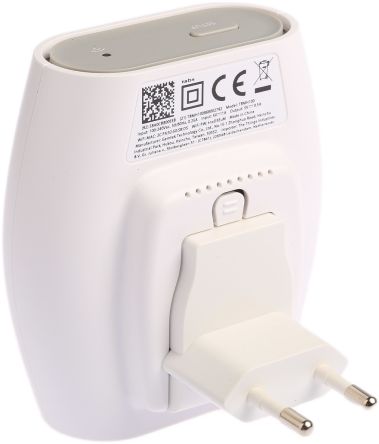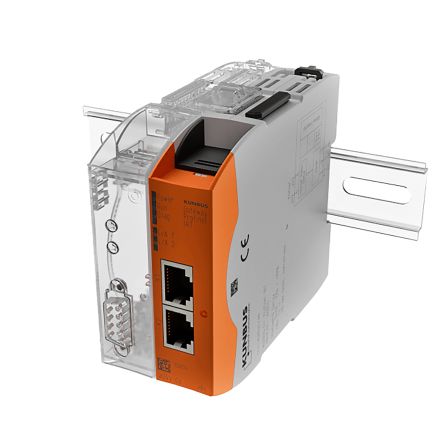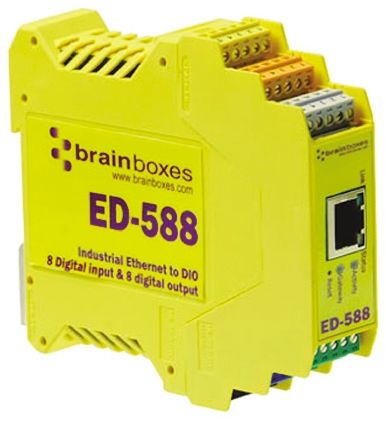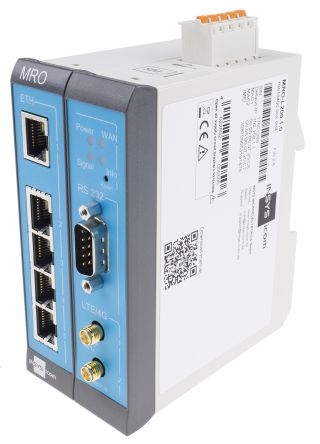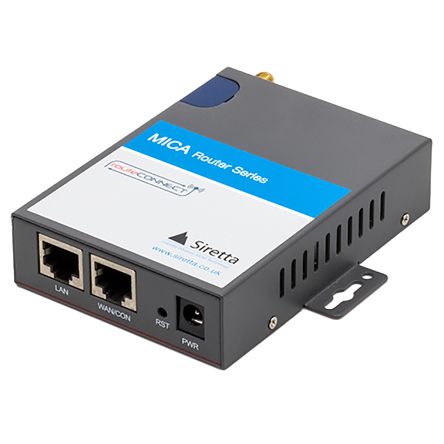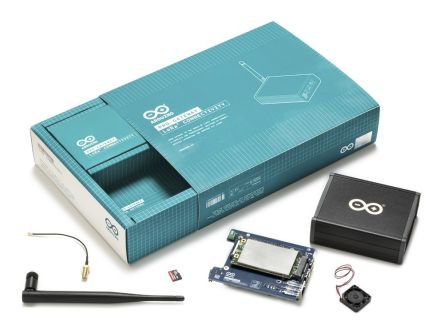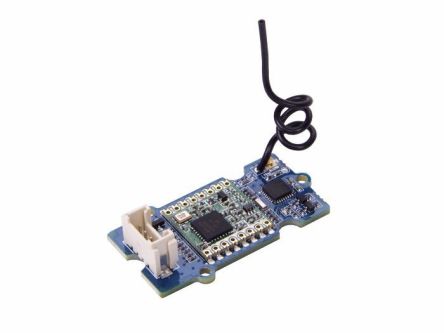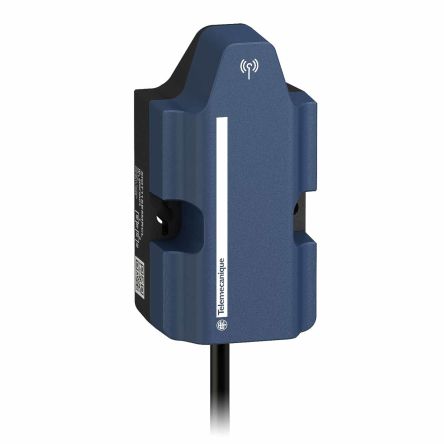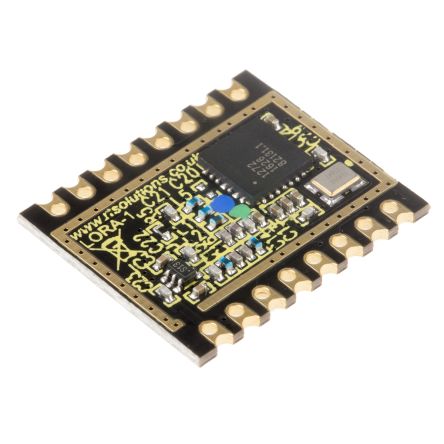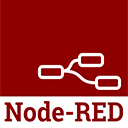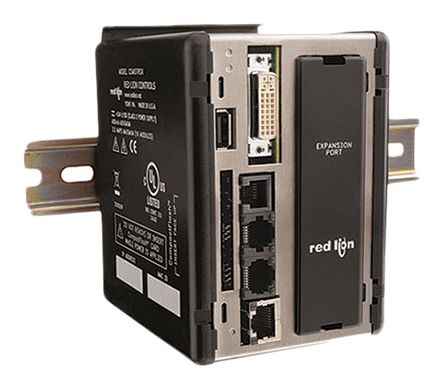
|
IIoT architecture
Devices are typically connected via a gateway that manages the communication with the Internet, translating the standardised bus and protocol formats used for devices and PLCs.
Technology that allow devices to be directly cloud-connected - without the need for a gateway - via wireless long range, wide area networks, known as LoRaWAN, is also rapidly emerging. These networks target applications for battery operated, low power devices.
In order to reduce the amount of data being transmitted over the Internet to the cloud, local processing at the device node, refferred to as Edge Processing is introduced.
RS supplies all the parts that make up the typical IIoT architecture.
Be inspired by the grapics and see a selection of solutions below.
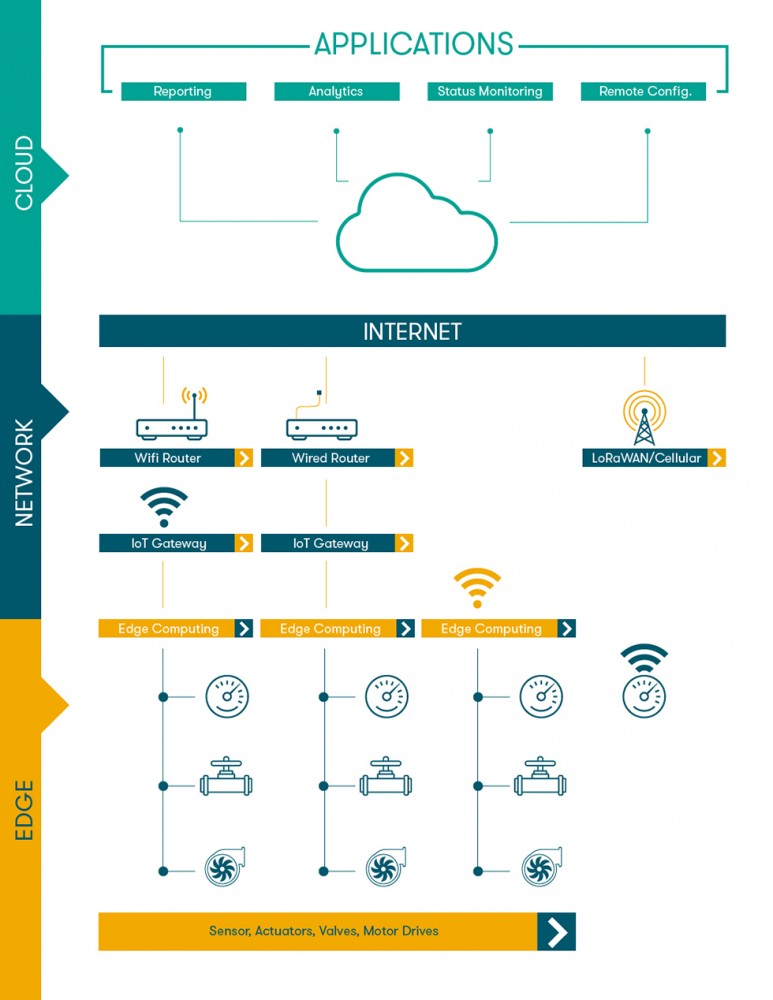
Connected Sensors
The MicroElectronica "MicroBUS" interface is widely adopted, giving a broad range of "click boards" equipped with different sensor devices. Similarly the Seeed Grove modules provide an easy way to connect sensors. Digilent Pmod interface is the 3rd interface used for connecting sensor modules. We've showcased a number of representative products below.
Single Board Computers and Microcontroller boards
These board level products often build the backbone of an IIoT application thanks ot their easy programming, simple connectivity and wide variety of device interfaces.
Brand: Raspberry Pi
Edge Computing - processing and computing at the edge of the network
Edge computing is the concept of distributing the processing power and placing it at the application or in the machine, i.e. at the edge of the network as opposed to central processing. This makes it possible to gather data where it is produced. Faster and more efficiently. Until recently edge computing has primarily comprised gathering, storing and filtering data before sending it to the cloud for central processing. New products and solutions with more processing power make it possible to compute and process, store, analyse and take action locally - based on the data processing.
IIoT Gateways
Brand: The Things Industries
Brand: Kunbus
Industrial Routers (Wired & Wireless)
RF Modules
Programming tools and environment
Hardware used in IIoT applications require programming in order to perform the desired task. The programming language is in most cases not common between manufacturers, which means that programmers may need to master many different programming languages. There are now a number of software platforms that simplify this task:- Node-RED provides a browser-based flow editor that makes it easy to wire together flows using the wide range of nodes in the palette.
- Speed up your IIoT development with Zerynth. Easily program popular microcontrollers in Python and connect them to top cloud infrastructures in no time.
Turnkey solutions for process data visualisation
IIoT and Security

When desigining an IIoT application it is crucial to design in security from the beginning. Connected devices should be seen as an extension of conventional IT. After all, they are embedded computers subject to the same IT security rules as any server or a laptop. It is therefore good practise to discuss this with manufacturers of devices, microcontrollerers, gateways and routers that will be used in a design to ensure that all security requirements are convered:
- Devices must support some type of authentication, in order to make sure that the device is trusted.
- Transmitted data must be able to be encrypted when transmitted over open networks
- Access restriction must be in place using secure passwords and firewall.nätverk.
